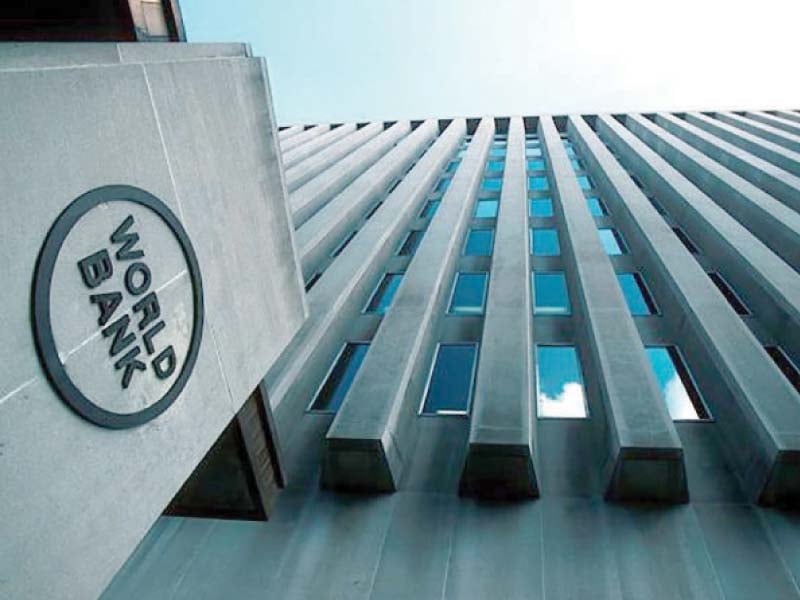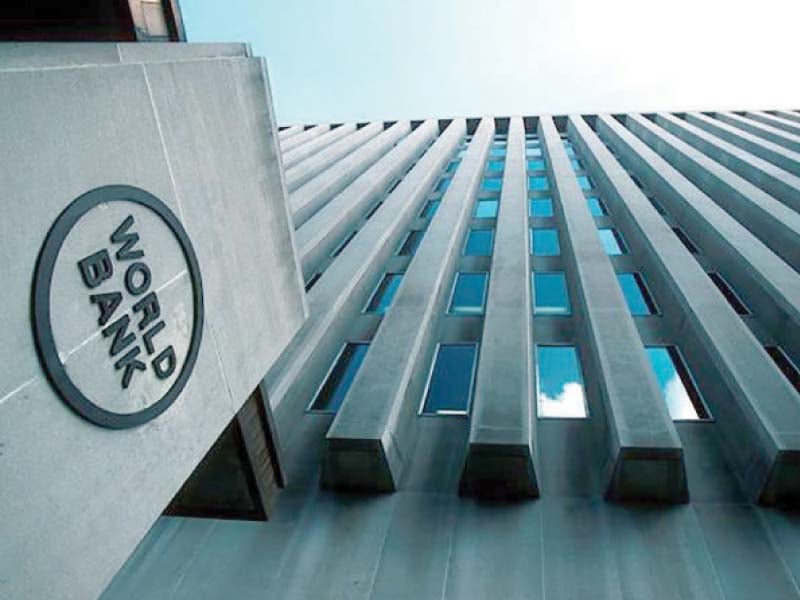Kuru
SENIOR MEMBER

- Joined
- Jul 8, 2017
- Messages
- 2,862
- Reaction score
- -18
- Country
- Location
If it’s a fact, why doesn’t it exist ?Well it used to exist.Just because the web page is not there, it does not mean the facts are not there.


Follow along with the video below to see how to install our site as a web app on your home screen.
Note: This feature may not be available in some browsers.

If it’s a fact, why doesn’t it exist ?Well it used to exist.Just because the web page is not there, it does not mean the facts are not there.



It used to exist. Don't be so bloody stupid.If it’s a fact, why doesn’t it exist ?




Pakistan has 100% poverty. Here is the world bank link which doesn’t work lolWell it used to exist.Just because the web page is not there, it does not mean the facts are not there.
I'm glad you had the maturity to finally admit that the CNN article can be trusted. At least you are being honest now.
India has 60% in poverty. Then Indians should not laugh when some reports say Pakistan has 40% poverty.
Okay this also USED TO exist.It used to exist. Don't be so bloody stupid.
Just because the webpage is not working anymore does not mean the fact does not exist my Indiot guest on a Pakistani forum.
It shows you are not being honest now.

World bank is not saying Pakistan has 100% poverty you Indiot.Pakistan has 100% poverty. Here is the world bank link which doesn’t work lol

Okay this also USED TO exist.



 tribune.com.pk
tribune.com.pk

Sorry I only trust world bank which confirms there is 100% poverty. here is a link:World bank is not saying Pakistan has 100% poverty you Indiot.
World Bank says Pakistan has 40%. But World Bank says India has 60% poverty:
95m Pakistanis live in poverty: World Bank
Urges govt to tax agriculture, real estate, cut wasteful expenditure
Shahbaz Rana September 23, 2023

World Bank. PHOTO: FILE
ISLAMABAD:
Deeply concerned over the state of economy, the World Bank has urged Pakistan to take urgent steps to tax its sacred cows – agriculture and real estate – and cut wasteful expenditures in an effort to achieve economic stability through steep fiscal adjustment of over 7% of the size of the economy.
The lender on Friday also revealed that poverty in Pakistan shot up to 39.4% as of last fiscal year with 12.5 million more people falling into the trap due to poor economic conditions. About 95 million Pakistanis now live in poverty.
Advertisement

The Washington-based lender unveiled the draft policy notes that it prepared with the help of all stakeholders for the next government.
The lender identified low human development, unsustainable fiscal situation, over-regulated private sector, agriculture and energy sectors as the priority areas for reforms for the next government.
It proposed measures – immediately increase the tax-to-GDP ratio by 5% and cut expenditures by about 2.7% of GDP – aimed at putting the unsustainable economy back on a prudent fiscal path.
However, the measures suggested were mostly in areas that had been considered as “sacred cows”.
“The World Bank is deeply concerned about the economic situation of today,” Tobias Haque, the WB’s lead country economist, said.
Pakistan is facing serious economic and human development crises and it is at a point where major policy shifts are required, he added.
The bank’s note on strengthening government revenues showed a host of measures to improve the revenue-to-GDP ratio by 5% through withdrawal of tax exemptions and increasing burden of taxes on the real estate and the agriculture sectors.
“This may be Pakistan’s moment for significant policy shift,” Najy Benhassine, the country director for Pakistan at WB, said.
To a question, he said: “We hope there is a realisation of the current economic situation but the question is whether the realisation for the change in policies is across all the political parties, businesses, civil society and all those who count.”
The poverty in Pakistan increased within one year from 34.2% to 39.4% with 12.5 million more people falling below the poverty line of $3.65 per day income level, according to the WB.
It added that the increase in poverty was consistent with ground realities.
“Pakistan’s economic model is no longer reducing poverty and the living standards have fallen behind peer countries,” Haque said.
Revenues
Pakistan has the capacity to collect taxes equal to 22% of the GDP but its current ratio is only 10.2% – showing a gap of more than half, according to the WB note.
The lender proposed reducing distortive exemptions to generate taxes equal to 2% of the GDP. It wanted an increase in taxes on land and property to collect another 2% of GDP in revenues and generate another 1% of the GDP from the agriculture sector.
The lender proposed a mandatory use of CNIC for transactions, particularly of assets.
The WB recommended withdrawing income tax exemption available to the power generation projects and to the real estate investment trusts.
“The revenues generated by withdrawing these exemptions are enough to fund 35,000 teachers’ salaries,” it added.
The WB recommended further tightening the noose around salaried individuals by reducing the numbers of tax slabs and further reducing the income threshold for the top marginal tax brackets.
It proposed increasing excise duties on cigarettes by applying a uniform rate across all brands and an automatic inflation-adjusted increase in these rates every year.
It also wanted withdrawal of tax exemptions on machinery import for power generation and transmission, and withdrawal of exemptions for pharmaceutical and energy sectors.
It also proposed withdrawing exemptions for food items – oil, pulses, animal, fruit and dairy.
The WB proposed to lower the income tax free slab for the agriculture sector from the existing 12.5 acres and through proper categorisation of land aimed at generating taxes equal to 1% of the GDP.
The farmers with land of less than 12.5 acres did not pay any tax, while those who owned up to 25 acres paid just Rs100 per acre. The ones owning from 26 to 50 acres land paid only Rs250 per tax and the rate for above 50 acres was mere Rs300 per acre.
To collect 2% of the GDP taxes from land and real estate, the WB proposed harmonisation of three different valuation systems, increase in property tax rates and change in land classification for taxation purposes.
At the moment, there is actual market price of a plot, then a deputy collector valuation to pay provincial tax and then FBR valuation to pay federal taxes.
Expenditure cut
The lender proposed reducing energy and commodity subsidies, implementing a single treasury account, and imposing temporary austerity measures in the short-term for saving about 1% of the GDP equivalent expenditures.
In 2022, the federal government’s deposits in commercial banks amounted to over Rs2 trillion and due to the government’s sovereign borrowings in absence of use of this idle cash, an amount of Rs424 billion was paid in interest, the WB said.
For the medium-term, the WB proposed reducing federal development and current expenditures on provincial nature projects, reducing spending on loss making entities, and improving quality of development spending to save about Rs1.4 trillion. The cumulative impact of these short- to medium-term savings is 2.7% of the GDP.
Pakistan is heavily subsidising the agriculture sector, which is leading to low productivity.
The government can reduce Rs328 billion spending by winding up ministries that fall in the provincial domain, it added.
Another Rs70 billion can be saved by devolving the Higher Education Commission to the provinces and Rs217 billion savings can be ensured through cost sharing of BISP with the provinces, the WB said.
“There is a lot of stop and go and a lot of policy reversals, which often are correlated with the political cycles,” Benhassine said.
He said that the donors could only provide advice and financing and the solution would have to come from inside Pakistan.
“Pakistan needs to address the human capital crisis and there is a need to recognise the scale of the problem,” Haque said.
There is a need for reduction in energy subsidies. High energy prices are putting heavy pressures on the households and there is a need to address the issues of higher losses by the power distribution companies, changing the energy generation mix.
“We hope this programme of discussions will help build a consensus around a path towards inclusive, sustainable, and climate-resilient development,” Benhassine said.

95m Pakistanis live in poverty: World Bank | The Express Tribune
Urges govt to tax agriculture, real estate, cut wasteful expendituretribune.com.pk


Show me which news agency that says Pakistan has 100% poverty you Indiot. Now you are being dishonest.Sorry I only trust world bank which confirms there is 100% poverty. here is a link:

This link used to work earlier but now it doesn’t so it’s not my fault

Show me which news agency says that Pakistan is 100% poverty.Sorry I only trust world bank which confirms there is 100% poverty. here is a link:

This link used to work earlier but now it doesn’t so it’s not my fault



dont trust me, trust the world bankSorry but I would rather trust CNN than you.

Nice try Indiot. But show me which news agency says Pakistan has 100% poverty. That is where you fail.Sorry I only trust world bank which confirms there is 100% poverty. here is a link:

This link used to work earlier but now it doesn’t so it’s not my fault


I don’t believe any news agency. I only believe world bank.Show me which news agency that says Pakistan has 100% poverty you Indiot. Now you are being dishonest.
Show me which news agency says that Pakistan is 100% poverty.
I believe CNN you can stick your head in the sand.

I trust CNN and World Bank.dont trust me, trust the world bank

Well I believe CNN.I don’t believe any news agency. I only believe world bank.
Here is a link:



I gave you the WB link already. It’s not working then how is it my fault?Nice try Indiot. But show me which news agency says Pakistan has 100% poverty. That is where you fail.
I also believe world bankI trust CNN and World Bank.
Well I believe CNN.


Idiot I believe CNN. That is good enough for me. But you still didn't answer my question. Which news agency says Pakistan has 100% poverty.I gave you the WB link already. It’s not working then how is it my fault?



Sorry but CNN article is official.folks - stop wasting time on a fake thread
World Bank has released data few weeks back on 2023 statistics across the globe
https://thedocs.worldbank.org/en/doc/5d1783db09a0e09d15bbcea8ef0cec0b-0500052021/related/mpo-ind.pdf
INDIA statistics
12% in poverty ( i.e $3 a day)
40% in lower-middle income poverty (i.e $6 a day)
. So, dont distort the facts guys


Sorry CNN article is official. I would rather believe CNN than your little research.folks - stop wasting time on a fake thread
World Bank has released data few weeks back on 2023 statistics across the globe
https://thedocs.worldbank.org/en/doc/5d1783db09a0e09d15bbcea8ef0cec0b-0500052021/related/mpo-ind.pdf
INDIA statistics
12% in poverty ( i.e $3 a day)
40% in lower-middle income poverty (i.e $6 a day)
. So, dont distort the facts guys
